HOW WE SEE THE SKY
HOW WE SEE THE SKY
A Naked-Eye Tour of Day & Night
THOMAS HOCKEY

THOMAS HOCKEY is professor of astronomy at the University of Northern Iowa.
The University of Chicago Press, Chicago 60637
The University of Chicago Press, Ltd., London
2011 by The University of Chicago
All rights reserved. Published 2011.
Printed in the United States of America
20 19 18 17 16 15 14 13 12 11 1 2 3 4 5
ISBN-13: 978-0-226-34576-5 (cloth)
ISBN-13: 978-0-226-34577-2 (paper)
ISBN-10: 0-226-34576-9 (cloth)
ISBN-10: 0-226-34577-7 (paper)
Library of Congress Cataloging-in-Publication Data
Hockey, Thomas A.
How we see the sky : a naked-eye tour of day and night/Thomas Hockey.
p. cm.
Includes bibliographical references and index.
ISBN-13: 978-0-226-34576-5 (cloth: alk. paper)
ISBN-10: 0-226-34576-9 (cloth: alk. paper)
ISBN-13: 978-0-226-34577-2 (pbk.: alk. paper)
ISBN-10: 0-226-34577-7 (pbk.: alk. paper) 1. AstronomyPopular works. I. Title.
QB44.3.H635 2011
520dc22
2011003355
 This paper meets the requirements of ANSI/NISO Z39.48-1992 (Permanence of Paper).
This paper meets the requirements of ANSI/NISO Z39.48-1992 (Permanence of Paper).
E-book ISBN: 978-0-2263-4578-9
To Yuliana
PREFACE
The goal of this book is to explain the naked-eye astronomical universe from a point of view on the earths surface. The emphasis is upon personal experience. (I restrict myself to astronomical phenomena; sky phenomena would include meteorological topics.) A secondary theme is to illustrate some of the ways in which the appearance of the heavens has influenced human civilization.
This is not a guide to the night sky. Just as a field guide to birds would describe different avian species, and where and when to find them, a field guide to the astronomical sky would describe stellar constellations, and where and when to look for them. On the other hand, a bird book would define birds in general, compare and contrast them, and illuminate their behavior. It is this latter format that I try to emulate. Other works (sadly, no longer in print) have attempted to do what I do, but the distinguishing feature of my book is the tie-in with cultural interpretations and practices.
Although virtually all introductory astronomy textbooks cover things that can be observed in the sky without aid, they often do so in abbreviated fashion and with little relation to the historical or societal aspects of these topics. In fact, it is accurate to say that all the subjects in this book may be condensed into twenty pages or less within a traditional astronomy textbook.
My introduction is intended to provide a motivation for what follows. The first four chapters discuss the most plentiful objects in the night skythe stars. The apparent motions of the stars are the simplest of those seen in the sky. I follow with three chapters on that singularly most important celestial orb: the sun, and its more complicated apparent deals with eclipses (events involving both the sun and moon). My last chapter is about planets. Though this is a volume on commonplace astronomical phenomena, I include a few words about ephemeral ones, such as comets and meteors, as well. I conclude with a list of books for further reading.
I thank those who read and critiqued individual draft chapters of this book: J. McKim Malville, Virginia Trimble, Anthony Aveni, Thomas R. Williams, Roslyn M. Frank, Marvin Bolt, Eugene F. Milone, Donald W. Olson, John Steele, Richard Baum, and Nicholas Campion. The following helped me with my anthropology: Ed Barnhart, Bryan Bates, Chris Bennett, Len Berggren, Todd W. Bostwick, David Dearborn, Tom D. Dillehay, Bradley T. Lepper, Bradley E. Schaefer, Rolf M. Sinclair, and Ivan prajc. I also am indebted to the useful comments made by two anonymous referees who read the entire manuscript. Ruby Hockey reviewed and improved the writing and grammar from page one to the end.
Unless credited otherwise, all artwork is by Christine M. Tarte.
INTRODUCTION
Why does the world need this book? Why should you want to know about what lies between the pages of this book? These are the questions I will try to answer in this brief introduction.
First: Look around you. Up to half of everything you see is sky. The sky literally surrounds us. Even The fool on the hill sees the sun going down/And the eyes in his head see the world spinning round. Yet few of us know much more about the sky than that.
I think that this is a shame. For the sky is universal. Imagine yourself magically transported to a bar stool in some far-off land. You do not know the local language or customs, much less the cuisine. Nevertheless, there is one thing that you do have in common with the stranger seated beside you. You both have lived your lives under much the same sky.
Yet there is a difference: The more attuned you are to modern, Western society, the less likely you are to know about your sky. As I sat in the ger (yurt) of a family living on the Mongolian steppe, supping on kindly offered cheese and yogurt, I routinely asked the same question. I knew that the door of their nomadic house always faced south. My question was, simply, how do you know where south is? The answer was always the same. They just know. I was asking a question so obvious, that it was as if someone had asked me how I know one plus two equals three, or how I know how to spell my own name. This knowledge is so quintessential to who they are that my Mongolian hosts can no longer recount the steps that led toward acquiring it.
Todays ignorance about the sky throughout much of the rest of the world was not always the status quo. While we like to think of ourselves, the present generation of humans, as well educated compared to our ancestors, there is much that we are becoming less and less knowledgeable about. Note that I am not thinking about obsolete technology, say, how to make the best whale-oil lamp; I mean fundamental knowledge about our environment. I am pondering the understanding of our own sky: what we see there, how what we see changes, and how it affects us.
I am interested in the astronomy accessible to everybody, without sophisticated instruments. It is the astronomy of the naked eye; you do not need a telescope to engage in it. (Everything described in this book I have seen with my own eyes.)
I do not refer to any sort of secret knowledge from the past. That is largely the stuff of graphic novels. Since people have become literate, we have been able to archive information. This assures that what we have learned about the sky is preserved. Moreover, thanks to modern science, there are specialists who know more about the heavens than our predecessors even dreamed of learning. Still, I maintain that the corporate sky knowledge of the rest of us is less than that of the average Roman citizen two thousand years ago.
There are obvious reasons for this. For the aforementioned Roman, astronomy was practical. It was good for business. If you were in charge of shipping grain from Rome to Carthage, then (as now) it would be impor tant to know two things: when the deal was to happen and where Carthage is. Before clocks, timekeeping was done almost exclusively by watching changes in the sky. Even more recently, the sky was a vital source of data for mariners navigating the seas. (For some, it still is.) The information provided us by the sky is so important to modern society that we have replaced many functions of the skies with technologies more under our control.

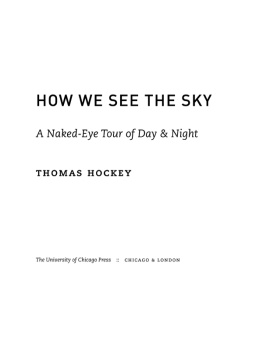


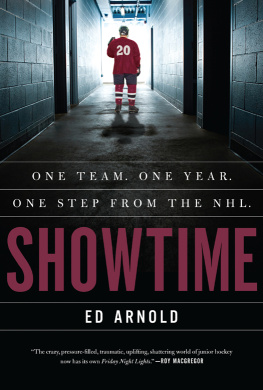
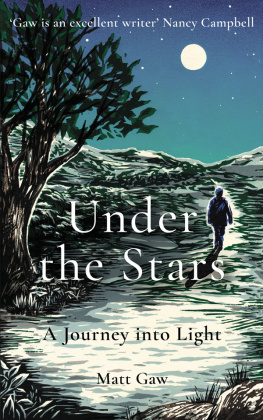
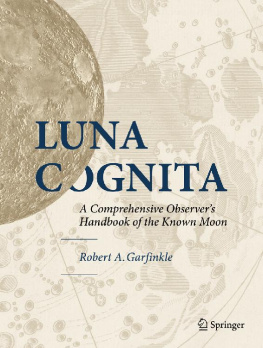

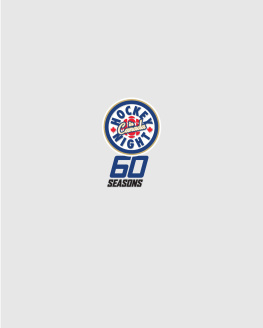
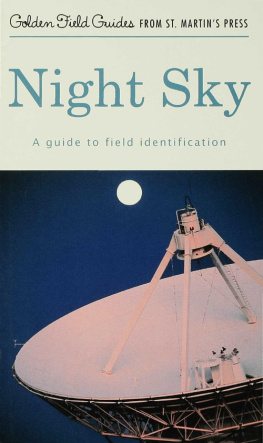
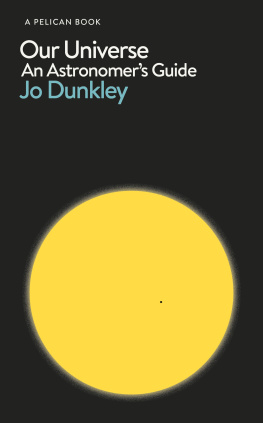


 This paper meets the requirements of ANSI/NISO Z39.48-1992 (Permanence of Paper).
This paper meets the requirements of ANSI/NISO Z39.48-1992 (Permanence of Paper).